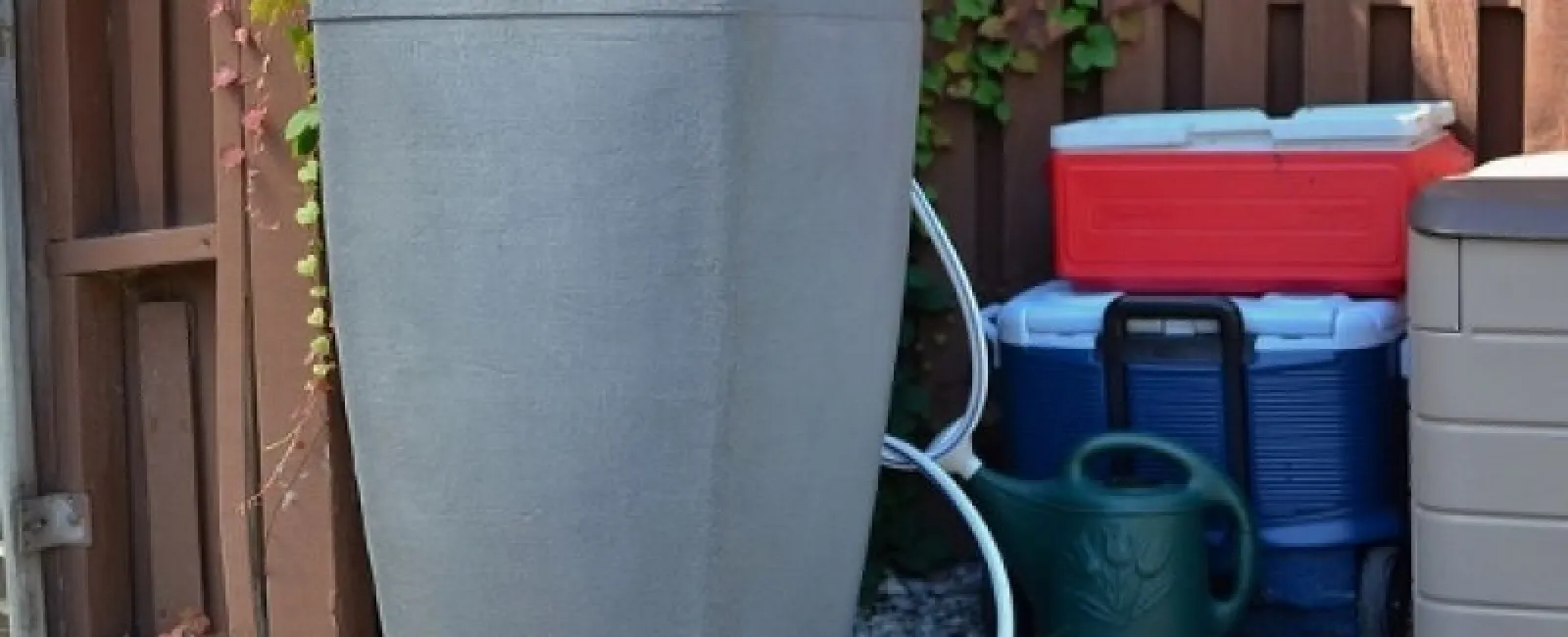The collection and reuse of rain water has become a great way to conserve potable water in dry climates. Since different areas around Atlanta are subject to occasional droughts and the local population is increasing rapidly, rain water harvesting (RWH) has become a valid way to reuse fresh water for landscape irrigation and other needs. Here is how you can set up rain water collection on your property.
Tank and system installation
One of the first concerns you will address is the size and placement of the tank (or cistern) used to collect rainwater. Since the tank may hold anywhere from 55 to 1,000 gallons of rain water, design and placement will affect your home’s curb appeal. Smaller tanks have spaces for pour spouts and serve as containers for watering plants and landscaping, while larger tanks operate with pump systems to move the higher volume of water. The Georgia Rainwater Harvesting Guidelines provide help on every aspect of the process.
Homeowners will want to enlist the help of a roofing professional to connect your home’s gutters to a rain water cistern. A device called a “first flush diverter” serves as a way to trap sediment and debris that would clog the water collected in the tank. The clear water running through gutters will then move into the main tank. Larger tanks use a pump system to dispense water that is usable for irrigation though not for drinking. When water shortages ban the use of outdoor hoses, this rainwater serves its most useful function, though toilet flushes may be another use in certain municipalities.
Rain water collection best practices
When collecting water in a cistern on your property, you must take into account the potential for insect and rodent infestation. These critters often search for fresh water, so screens are a necessary as part of any collection system. Another concern is the flow of water from the gutters on the roof and down the sides of your home. A modification to your gutter system may be necessary to ensure the most direct flow into the storage cistern. Every type of roof from asphalt shingles to metal surfaces have types of debris that will need to be filtered by your water storage system.
Larger tanks for water collection are worth considering if there is space for it (and a design you are comfortable with) on your property. Homes with 400 square feet can collect as much as 154 gallons of water after one inch of rainfall. As far as maintenance is concerned, regular inspection and cleaning will help keep your collection system from experiencing clogging or backups.
If you are considering gutter repair or replacement for your home, it is the perfect time to consider setting up a rain water collection system for your home. Between the usefulness on your property and the conservation of resources, these systems offer numerous benefits to Georgia homeowners.
Image source: Flickr



